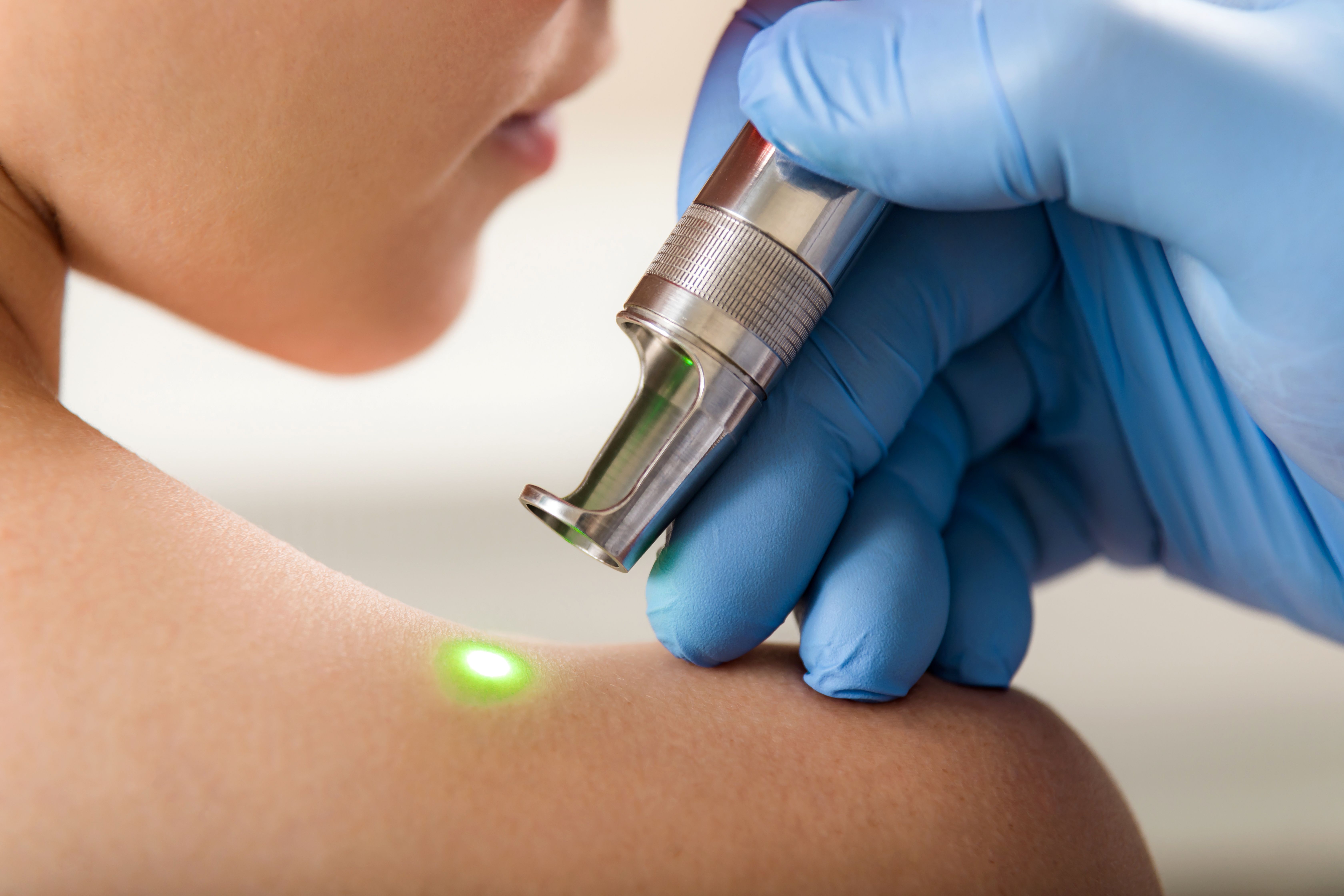- Acne
- Actinic Keratosis
- Aesthetics
- Alopecia
- Atopic Dermatitis
- Buy-and-Bill
- COVID-19
- Case-Based Roundtable
- Chronic Hand Eczema
- Drug Watch
- Eczema
- General Dermatology
- Hidradenitis Suppurativa
- Melasma
- NP and PA
- Pediatric Dermatology
- Pigmentary Disorders
- Practice Management
- Precision Medicine and Biologics
- Prurigo Nodularis
- Psoriasis
- Psoriatic Arthritis
- Rare Disease
- Rosacea
- Skin Cancer
- Vitiligo
- Wound Care
Article
Filaggrin degradation products may explain higher rate of dermatitis in the winter
Author(s):
A decrease in the levels of natural moisturizing factors and an increase in the density of corneocytes may explain why dermatitis and xerosis are worse in the winter.
A decrease in the levels of natural moisturizing factors (NMFs) and an increase in the density of corneocytes may explain why dermatitis and xerosis are worse in the winter.
Low temperatures and low humidity are known to negatively affect skin barrier function and increase the risk of dermatitis. NMF is a filaggrin degradation product in the stratum corneum. Filaggrin is a protein that helps maintain the skin’s barrier function.
As reported in the British Journal of Dermatology, Danish investigators collected skin samples from the cheeks and hands of 80 healthy adults during the winter and summer to study the effects of season on NMFs and the Dermal Texture Index (DTI), which is a measure of corneocyte density. The participants had no history of atopic dermatitis, psoriasis, systemic inflammatory diseases, asthma, or rhinitis that required treatment.
The researchers found that NMF levels were lower on the cheek during the winter than in the summer (0.44 vs. 0.50 mmol g-1 protein). The DTI was higher on the cheek during winter than in summer (172 vs. 128).
In the summer, those who had applied cream to the face had lower NMF levels on the cheek than those with no use of cream in both unadjusted and adjusted analyses. Recent ultraviolet exposure for at least 1 hour on two occasions was found to elevate DTI values on the cheek, suggesting an influence on barrier function.
When the hands were examined, NMF levels were significantly higher during the winter than in the summer (0.75 vs. 0.55 mmol g-1 protein). There was no seasonal difference in DTI values for the hand, but younger adults had higher DTI during the winter than in the summer. NMF levels and DTI values on the hands did not differ according to use of cream or bathing/showering on the day values were calculated.
REFERENCE
K.A. Engebretsen, S. Kezic, C. Riethmuller, et al. "Changes in filaggrin degradation products and corneocyte surface texture by season," British Journal of Dermatology. March 7, 2018. DOI: 10.1111/bjd.16150
Newsletter
Like what you’re reading? Subscribe to Dermatology Times for weekly updates on therapies, innovations, and real-world practice tips.













